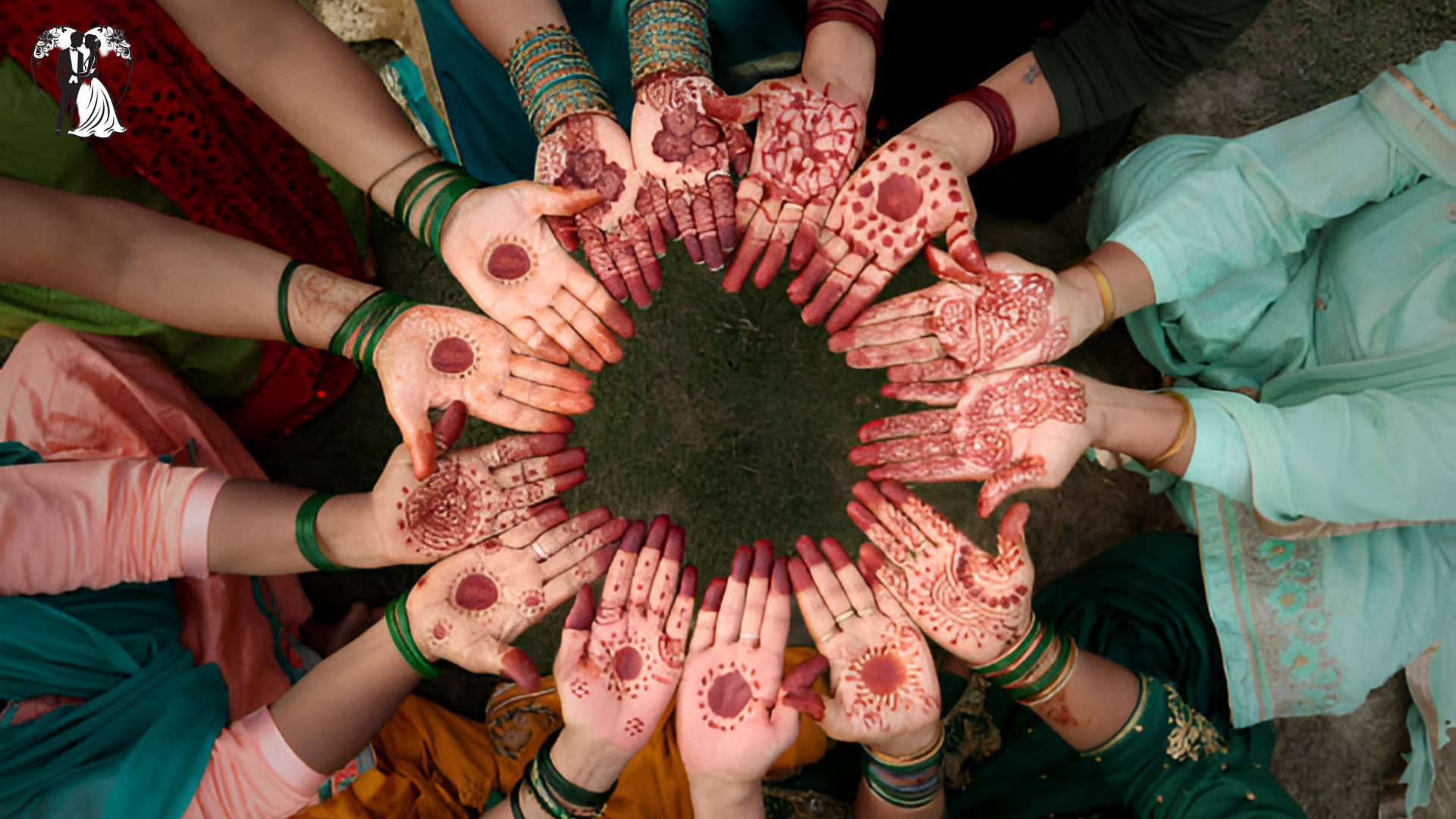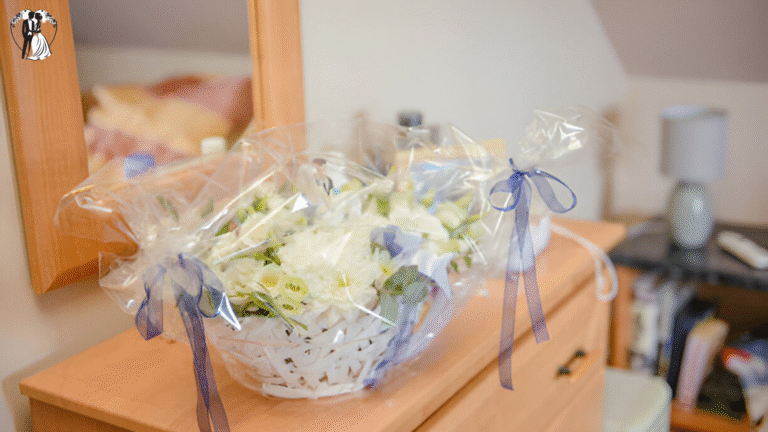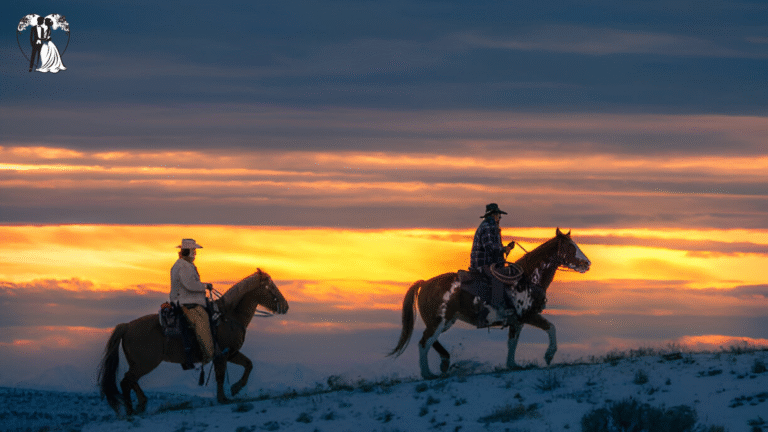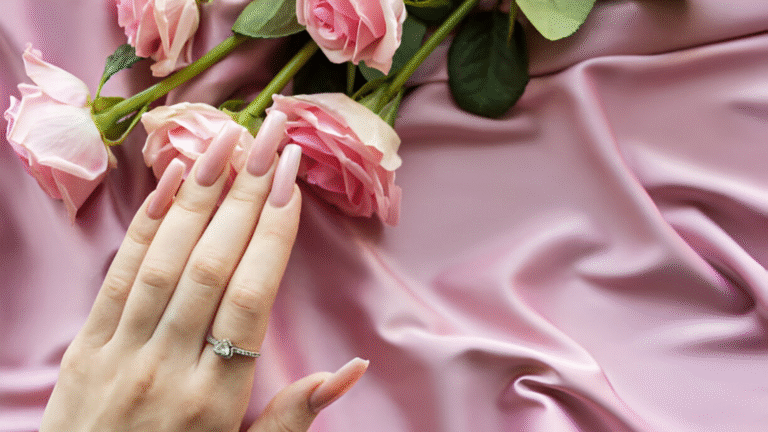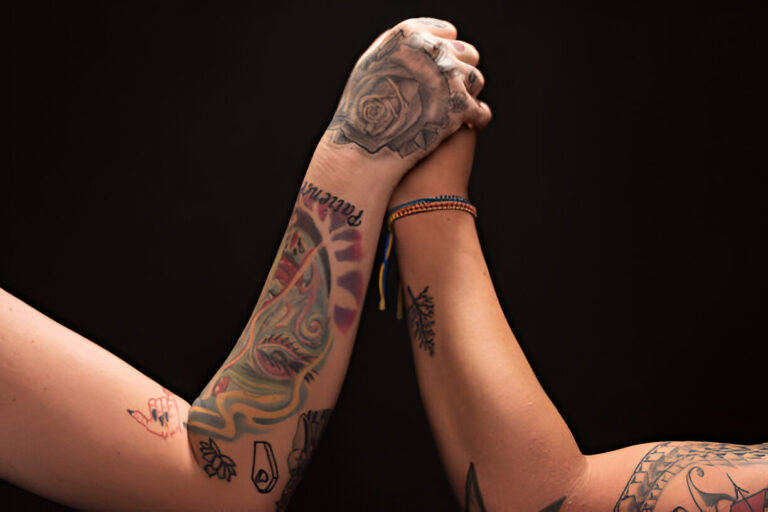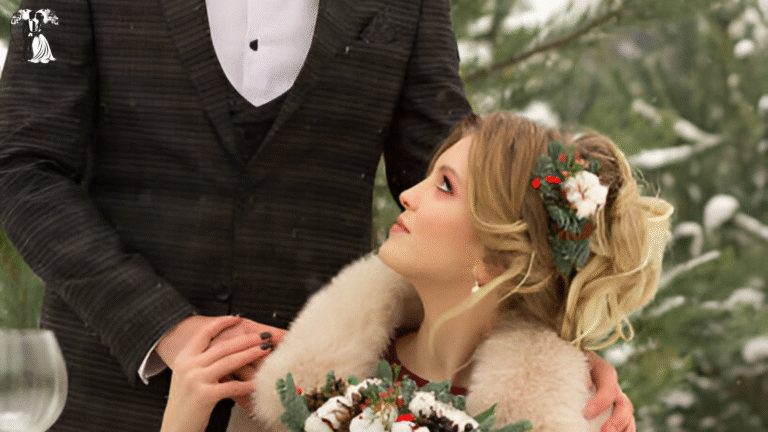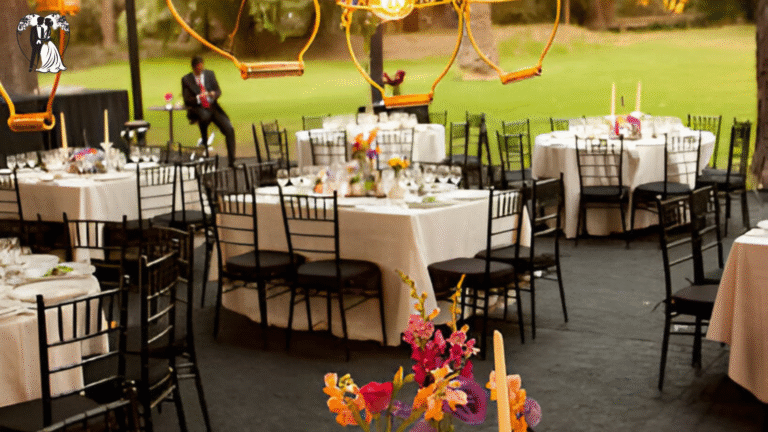Indian Wedding Traditions: A Complete Guide to Rituals, Culture, and Celebrations
Introduction
Indian weddings are not just ceremonies; they are grand festivals filled with colors, emotions, rituals, and timeless traditions. Every culture within India brings its own uniqueness to wedding customs, creating a beautiful blend of spirituality, family bonding, and celebration. With vibrant outfits, delicious food, soulful music, and heartfelt rituals, Indian weddings are admired worldwide for their magnificence.
In this guide, we’ll explore the most cherished Indian wedding traditions, their meanings, and how they add unforgettable charm to the sacred union of two souls.
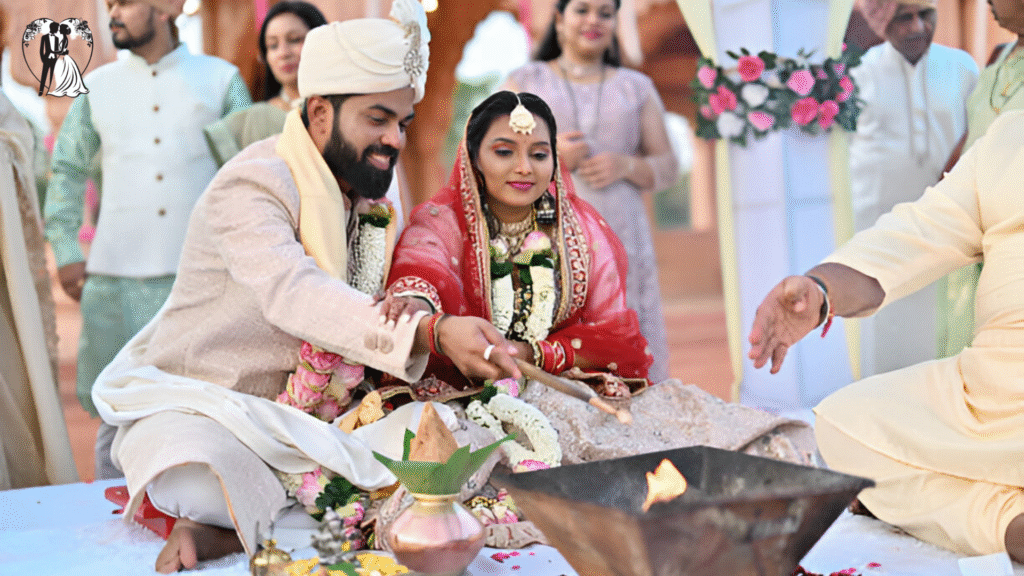
1. The Importance of Indian Wedding Traditions
1.1 The Cultural Significance
Indian weddings are deeply rooted in cultural and religious values. Each ritual symbolizes purity, blessings, and the union of not just two individuals but also their families. Hindu, Muslim, Sikh, and Christian weddings in India all carry unique cultural influences that reflect their history and faith.
1.2 Weddings as Social Celebrations
Beyond religion, weddings in India are also social festivals. Families, friends, and communities gather together, sometimes across continents, to celebrate with love, dance, and togetherness. The celebration is an opportunity to showcase culture, heritage, and family pride.
1.3 Modern Influence on Traditional Weddings
While traditions remain strong, many couples today blend age-old rituals with modern themes. Destination weddings, themed décor, fusion music, and personalized vows are common additions alongside the sacred rituals.

2. Pre-Wedding Rituals
2.1 Roka and Engagement
The Roka ceremony marks the official union of two families. Gifts, sweets, and blessings are exchanged, and the couple may exchange rings during the engagement.
2.2 Mehndi (Henna Ceremony)
A joyous ritual where intricate henna designs are applied to the bride’s hands and feet. It is believed that the darker the henna, the stronger the love between the couple.
2.3 Sangeet Night
A night of music, dance, and laughter where both families come together to celebrate. Traditionally, it was only for women, but now it’s a grand event with choreographed dances and themed parties.
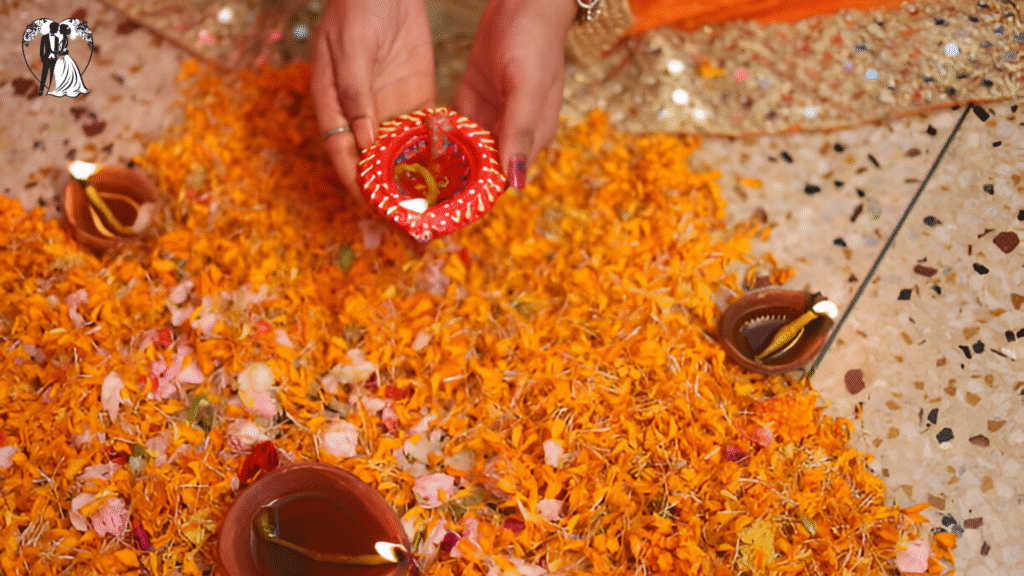
3. Bridal and Groom Preparations
3.1 Bridal Attire
Brides usually wear red or maroon lehengas or sarees, symbolizing prosperity and fertility. Intricate embroidery, gold jewelry, and traditional makeup complete the bridal look.
3.2 Groom’s Attire
Grooms traditionally wear sherwanis, kurtas, or dhotis paired with turbans. The sehra (veil of flowers) is sometimes tied on the groom’s forehead.
3.3 Sacred Accessories
Accessories like mangalsutra (sacred necklace), bangles, sindoor (vermillion), and toe rings have cultural significance, symbolizing marital status and blessings.
4. Wedding Day Ceremonies
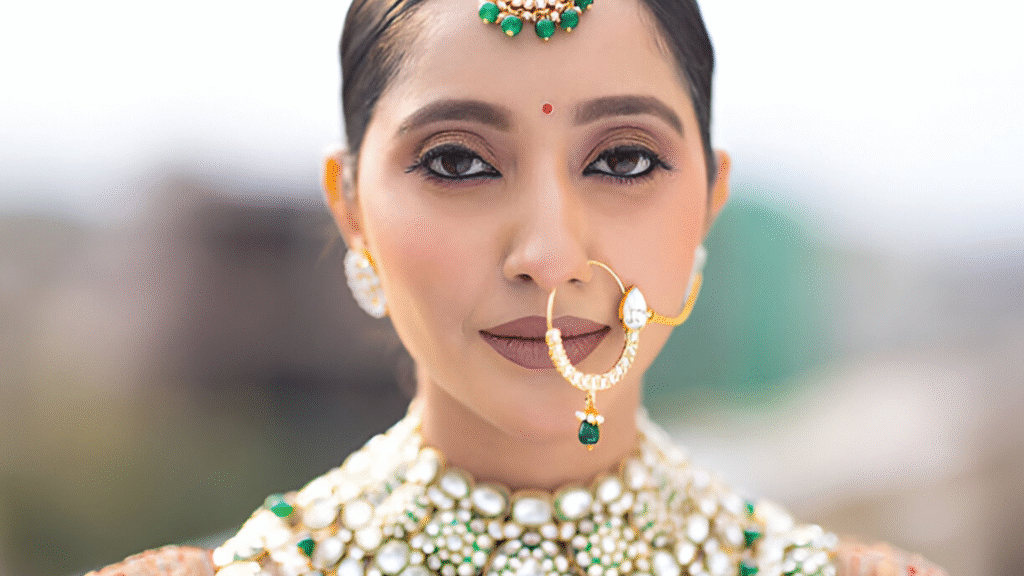
4.1 Baraat (Groom’s Procession)
The groom arrives in a grand procession, often on a horse or in a decorated car, accompanied by music, dancing, and fireworks.
4.2 The Mandap Ceremony
The mandap (wedding canopy) is the sacred space where the rituals take place. Families, priests, and the couple gather to exchange vows and blessings.
4.3 Exchange of Garlands (Jaimala)
The bride and groom place floral garlands around each other’s necks, signifying acceptance and respect.
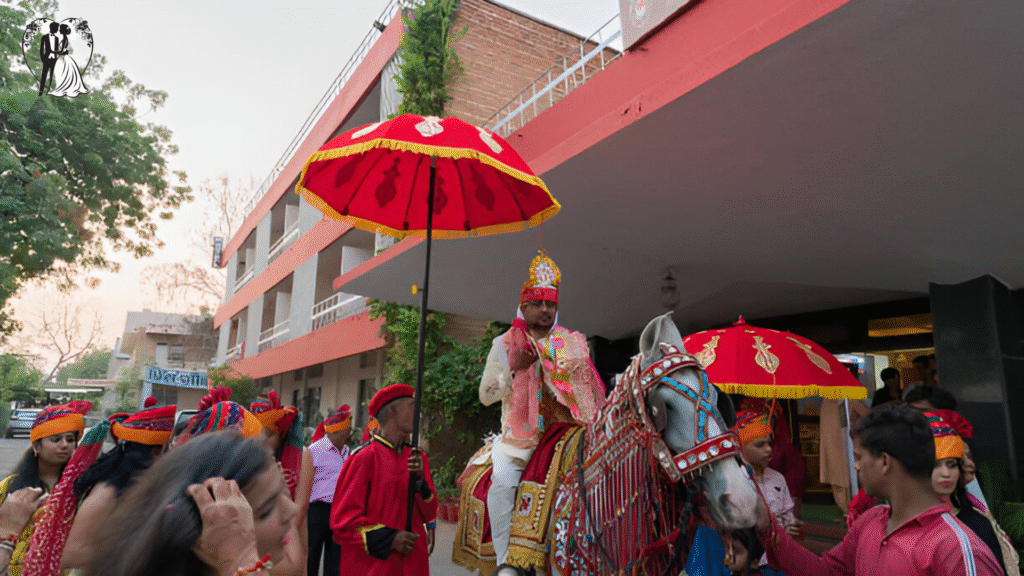
5. The Sacred Fire Rituals
5.1 Agni as Witness
Hindu weddings involve Agni (the sacred fire) as a divine witness to the vows. Offerings are made while mantras are chanted.
5.2 The Seven Steps (Saptapadi)
The most important ritual where the couple takes seven steps together, each step symbolizing promises of love, respect, and partnership.
5.3 Sindoor and Mangalsutra
The groom applies sindoor on the bride’s forehead and ties the mangalsutra around her neck, symbolizing marital commitment.
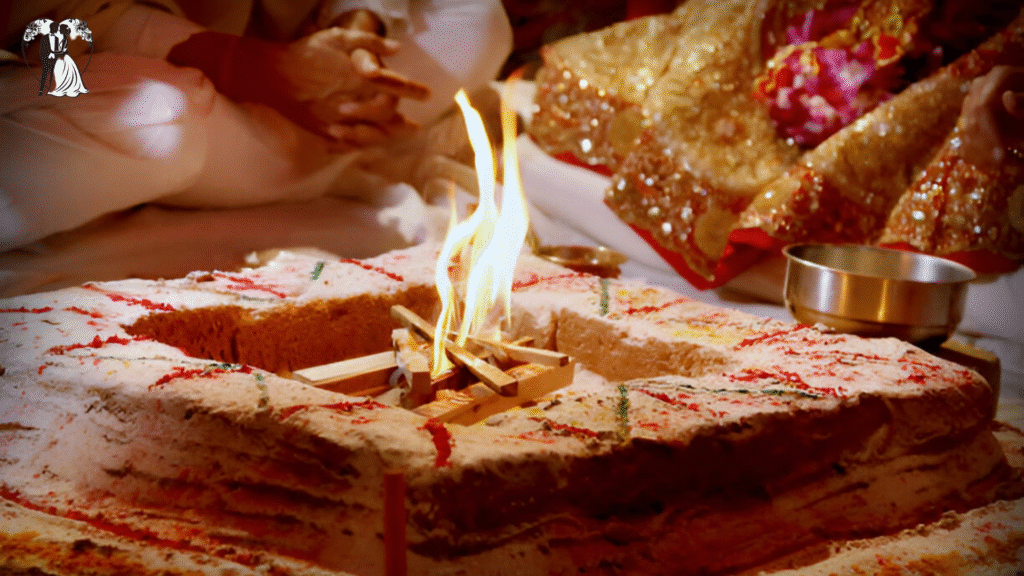
6. Regional Variations in Indian Wedding Traditions
6.1 North Indian Weddings
Lavish, colorful, and full of music, with strong emphasis on mehndi, sangeet, and baraat.
6.2 South Indian Weddings
More spiritual and temple-centric, with rituals like Kanyadaanam (giving away the bride) and tying the thaali (sacred thread).
6.3 Bengali, Gujarati, and Other Cultures
Each region adds unique traditions like the Bengali sindoor khela, Gujarati garba, or Maharashtrian traditional attire.
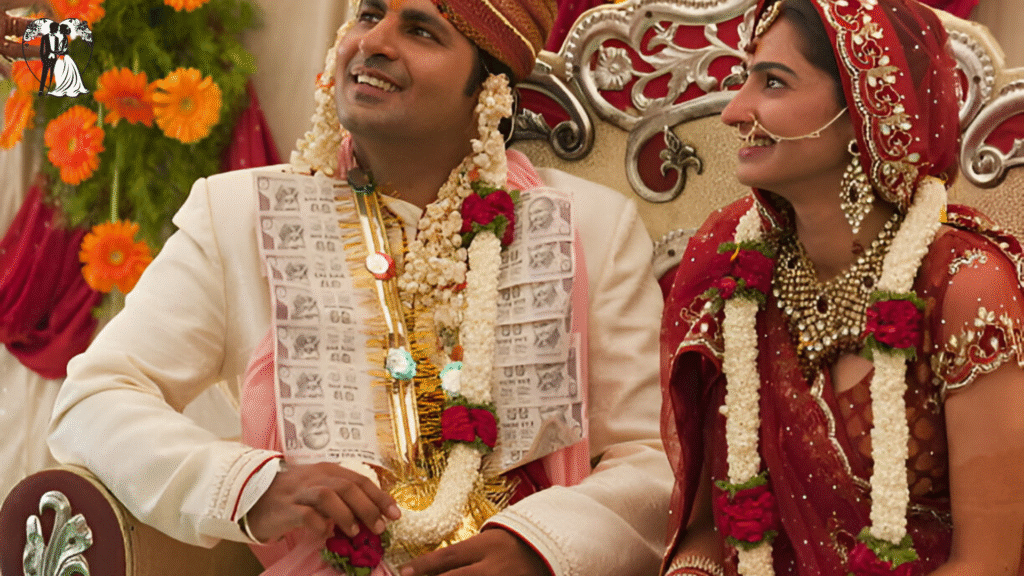
7. Post-Wedding Rituals
7.1 Vidaai (Farewell)
An emotional ceremony where the bride departs from her family home. She throws rice behind her, symbolizing prosperity for her parents’ home.
7.2 Griha Pravesh (Bride’s First Step at New Home)
The bride is welcomed into her new home with rituals, often knocking over a pot of rice symbolizing prosperity.
7.3 Reception Ceremony
A grand party hosted by the groom’s family, with music, food, and celebrations to welcome the bride.
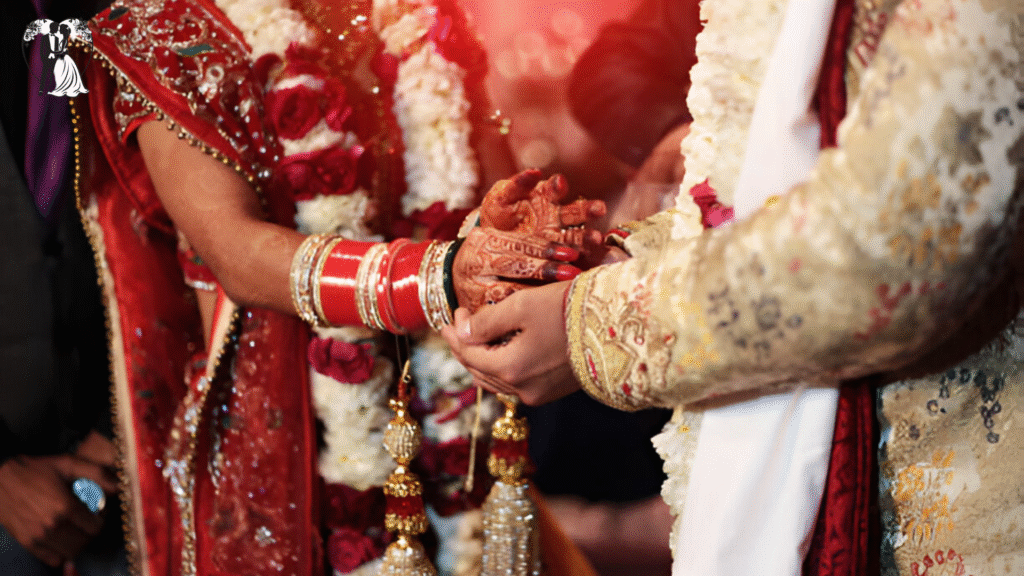
8. The Role of Food in Indian Weddings
8.1 Regional Cuisines
Menus differ by region, ranging from North Indian curries to South Indian rice-based feasts.
8.2 Sweet Delights
Sweets like gulab jamun, laddoo, and jalebi are must-haves, symbolizing joy and happiness.
8.3 Fusion Menus
Modern weddings often include global cuisines alongside traditional Indian dishes to cater to diverse guests.
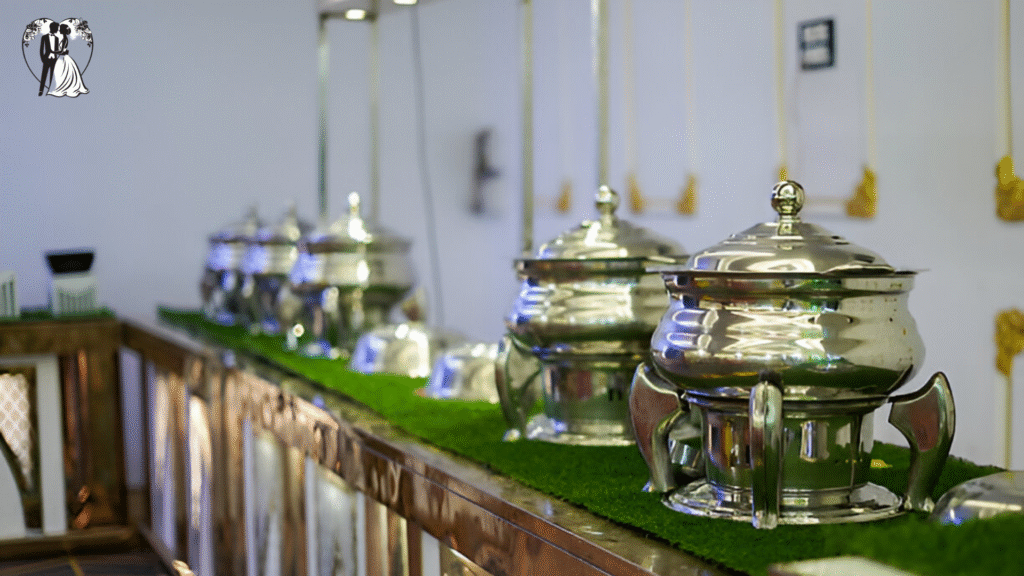
9. Music and Dance in Indian Wedding Traditions
9.1 Traditional Wedding Songs
Folk songs and classical music play a significant role in pre-wedding and wedding ceremonies.
9.2 Bollywood Influence
No Indian wedding is complete without Bollywood hits that bring everyone to the dance floor.
9.3 Folk Dances
Cultural dances like bhangra, garba, and ghoomar add regional flavor to the wedding.
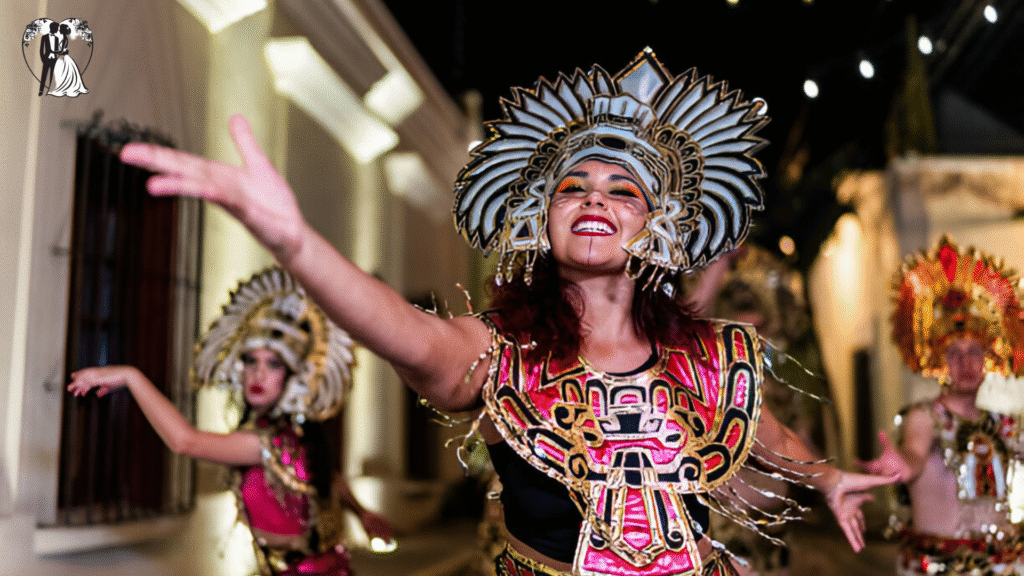
10. Symbolism in Indian Wedding Traditions
10.1 The Color Red
Represents purity, prosperity, and fertility. Brides often choose red attire for this reason.
10.2 Jewelry as Blessings
Gold jewelry is not just adornment but a symbol of wealth, blessings, and protection.
10.3 Rituals of Unity
Each tradition signifies unity, commitment, and the joining of families.

11. The Evolution of Indian Weddings
11.1 From Traditional to Modern
Weddings now combine traditional rituals with contemporary themes like destination weddings and eco-friendly décor.
11.2 Technology and Weddings
Social media, live streaming, and wedding apps have revolutionized how weddings are planned and shared.
11.3 Minimalist Weddings
Some couples are embracing simple, intimate weddings while retaining essential rituals.

12. Planning a Wedding with Indian Traditions
12.1 Blending Tradition with Modernity
Couples can keep sacred rituals while adding personal touches like customized vows.
12.2 Destination Indian Weddings
From royal palaces in Rajasthan to beaches in Goa, India offers dreamy locations.
12.3 Preserving Authenticity
Despite modern twists, many families ensure traditions are respected and carried forward.
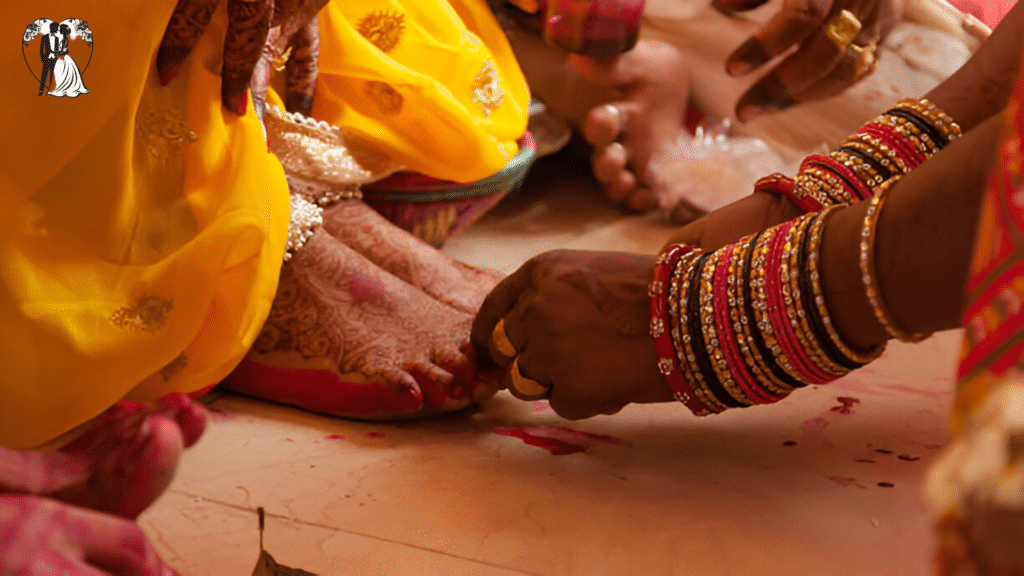
Table: Key Indian Wedding Traditions and Their Meanings
| Tradition | Meaning | Significance |
| Mehndi Ceremony | Applying henna to bride’s hands/feet | Symbolizes love and prosperity |
| Saptapadi (7 Steps) | Couple takes seven steps around fire | Represents vows and lifelong unity |
| Sindoor | Red powder applied to bride’s forehead | Symbol of marital status |
| Mangalsutra | Sacred necklace tied by groom | Signifies bond and protection |
| Vidaai | Bride leaves parents’ home | Emotional farewell and blessings |
FAQs on Indian Wedding Traditions
Q1: How long do Indian weddings usually last?
Most Indian weddings last 3 to 5 days, with multiple pre-wedding, wedding, and post-wedding rituals.
Q2: What is the most important ritual in Hindu weddings?
The Saptapadi (seven steps) is considered the most important ritual, where the couple makes lifelong promises.
Q3: Why do brides wear red in Indian weddings?
Red symbolizes prosperity, fertility, and marital bliss, making it the most auspicious bridal color.
Q4: Are all Indian weddings the same?
No, Indian weddings vary greatly by region, religion, and culture, each having unique customs.
Q5: What food is served at Indian weddings?
Menus include traditional regional dishes, sweets, and modern fusion cuisines.
Q6: Why is Mehndi applied before weddings?
It is believed to bring good luck, prosperity, and deeper love between the couple.
Q7: What is the meaning of Mangalsutra?
It is a sacred necklace tied by the groom, symbolizing the eternal bond of marriage.
Q8: Do Indian weddings include dancing?
Yes, music and dance are integral, with Bollywood songs and folk dances adding joy to the events.
Q9: How are modern Indian weddings different?
They often blend traditional rituals with modern elements like destination themes, digital invites, and live streaming.
Q10: Why are Indian weddings so grand?
They symbolize not only the union of two individuals but also family honor, cultural pride, and joyous celebration.
Conclusion
Indian weddings are a beautiful blend of tradition, culture, and festivity. Each ritual carries deep meaning, from the playful mehndi ceremony to the sacred vows around the fire. While modern influences have added new elements, the heart of Indian wedding traditions remains unchanged celebrating love, family, and lifelong commitment.

